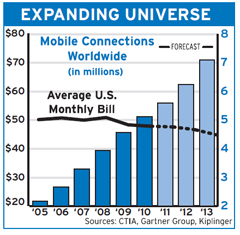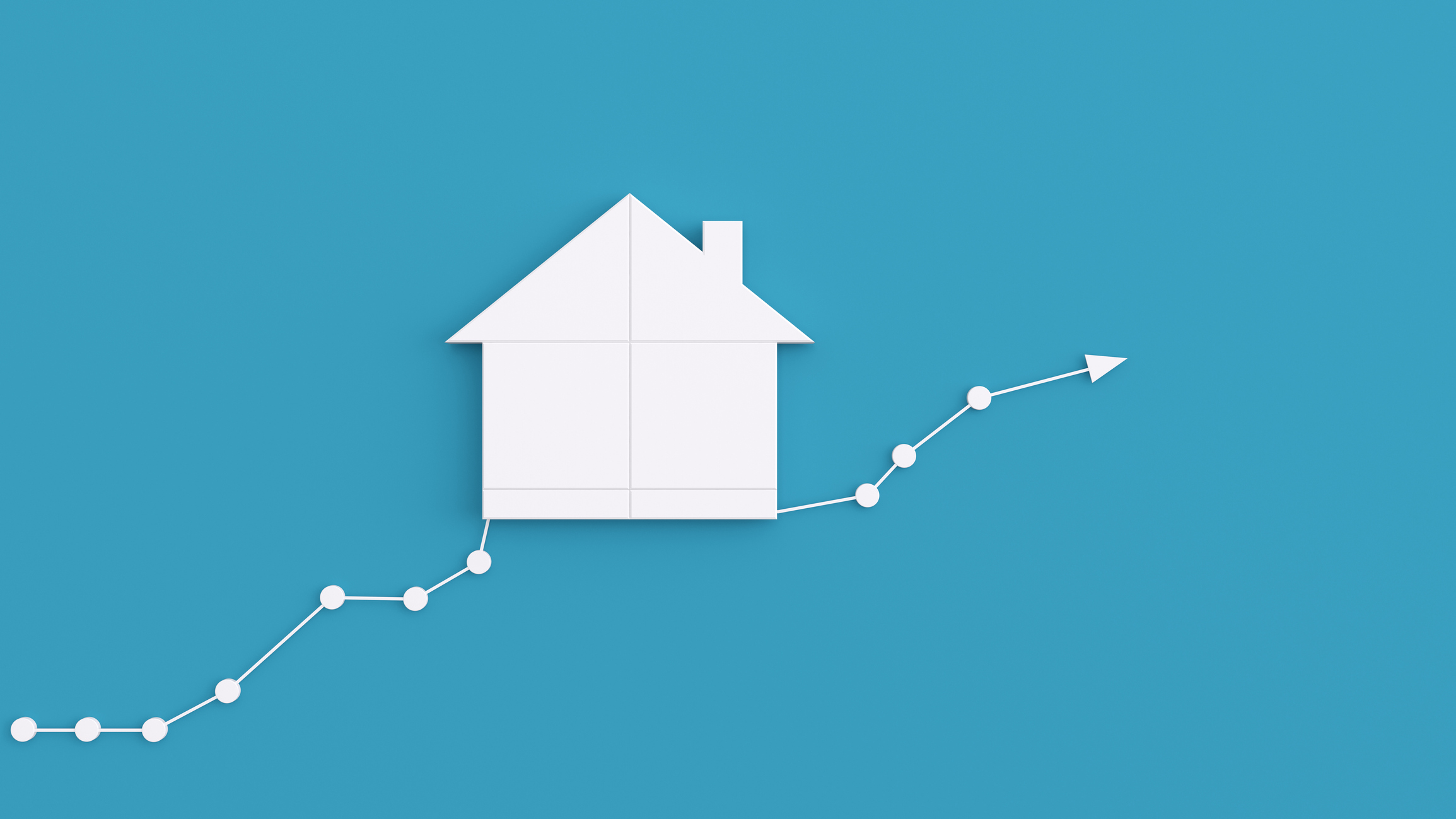Wi-Fi Hot Spots Growing Much Larger
More available frequencies and connections spell fewer dead zones and many new uses.
Wireless communications are poised for a big expansion in coming years as Uncle Sam boosts the range of available radio frequencies and as cities and rural communities extend low-cost broadband connections to many more areas. Moreover, airlines are on the cusp of offering wider Wi-Fi service to air travelers.
New frequencies freed up by the Federal Communications Commission (FCC) will unclog congestion on current Wi-Fi networks as well as eliminate many frustrating dead zones.
They’ll make a host of new applications practical. Wilmington, N.C., for example, is using an experimental network employing spectrum below 1 gigahertz (GHz)—the type being opened up by the FCC—in a number of “smart city” applications. They include supplying low-cost broadband connections to low-income housing, linking remote cameras on hurricane evacuation routes, monitoring water levels and water purity sensors, flood control and monitoring operations at city facilities, such as lights in public parks.

Sign up for Kiplinger’s Free E-Newsletters
Profit and prosper with the best of expert advice on investing, taxes, retirement, personal finance and more - straight to your e-mail.
Profit and prosper with the best of expert advice - straight to your e-mail.
Using the same low spectrum, Plumas-Sierra Rural Electric Cooperative, which serves Plumas County, Calif., is teamed up with technology giant Google Inc. in a large-scale smart grid experiment that allows the utility to manage the electrical system remotely, obtain data from its substations, manage the power flow and better protect the system and its maintenance workers.
And software behemoth Microsoft Corp. is using low spectrum to link more than 100 buildings on its campus in Bellevue, Wash.
Spectrum below 1 GHz can cover much larger areas than is possible with today’s Wi-Fi hot spots, which operate in the 2.4 GHz and 5 GHz bands. The lower spectrum—also known as “white space”—can penetrate walls more effectively than higher gigahertz, in effect creating super Wi-Fi sites. They’ll help to make the use of Wi-Fi ubiquitous in workplaces and public spaces.

White space refers to radio frequencies between broadcast TV channels and is designed to reduce interference between radio or TV channels. Since television switched over to digital format—in effect allowing more channels in less of the spectrum—the amount of the space has increased, making it available for other uses.
The new spectrum will greatly increase wireless broadband systems and provide a greater range of coverage—by a factor of nine—or provide the same range at less power, paving the way for mobile communications devices with much greater battery life.
It will be a boon to rural areas that are currently underserved by wireless communications. It will also lead to the availability of relatively inexpensive mobile devices that will make exclusive use of the new space. Handsets designed for the new spectrum will hit stores next year.
Though the tech industry overall supports the FCC’s move to free up the low spectrum, some broadcasters fret that it may interfere with their operations. For example, wireless microphones used in broadcasting currently operate on low spectrum frequencies, but the new regulations from the FCC limit them to two channels.
Get Kiplinger Today newsletter — free
Profit and prosper with the best of Kiplinger's advice on investing, taxes, retirement, personal finance and much more. Delivered daily. Enter your email in the box and click Sign Me Up.
-
 Stock Market Today: Stocks Gain on Tech, Auto Tariff Talk
Stock Market Today: Stocks Gain on Tech, Auto Tariff TalkThe Trump administration said late Friday that it will temporarily halt tariffs on some Chinese tech imports.
By Karee Venema
-
 Sam's Club Plans Aggressive Expansion: Discover Its New Locations
Sam's Club Plans Aggressive Expansion: Discover Its New LocationsSam's Club expansion plans will open up to 15 new stores each year. Learn where they plan to open in 2025.
By Sean Jackson
-
 What To Know if You’re in the Market for a New Car This Year
What To Know if You’re in the Market for a New Car This YearThe Kiplinger Letter Buying a new car will get a little easier, but don’t expect many deals.
By David Payne
-
 Will Lower Mortgage Rates Bring Relief to the Housing Market?
Will Lower Mortgage Rates Bring Relief to the Housing Market?The Kiplinger Letter As mortgage rates slowly come down here's what to expect in the housing market over the next year or so.
By Rodrigo Sermeño
-
 Car Prices Are Finally Coming Down
Car Prices Are Finally Coming DownThe Kiplinger Letter For the first time in years, it may be possible to snag a good deal on a new car.
By David Payne
-
 New Graduates Navigate a Challenging Labor Market
New Graduates Navigate a Challenging Labor MarketThe Kiplinger Letter Things are getting tough for new graduates. Job offers are drying up and the jobless rate is increasing. Are internships the answer?
By David Payne
-
 When's the Best Time to Buy a Domestic Flight? The Kiplinger Letter
When's the Best Time to Buy a Domestic Flight? The Kiplinger LetterThe Kiplinger Letter A new study by CheapAir.com has crunched the numbers.
By Sean Lengell
-
 Woes Continue for Banking Sector: The Kiplinger Letter
Woes Continue for Banking Sector: The Kiplinger LetterThe Kiplinger Letter Regional bank stocks were hammered recently after news of New York Community Bank’s big fourth-quarter loss.
By Rodrigo Sermeño
-
 Anxious Flyers Take Note: The Kiplinger Letter
Anxious Flyers Take Note: The Kiplinger LetterThe Kiplinger Letter Whether it's the routes to avoid that have the most turbulence or the safest airline, we've got you covered.
By Sean Lengell
-
 The Auto Industry Outlook for 2024
The Auto Industry Outlook for 2024The Kiplinger Letter Here's what to expect in the auto industry this year. If you’re in the market for a car it won’t be quite as daunting as it was during the pandemic and after.
By David Payne